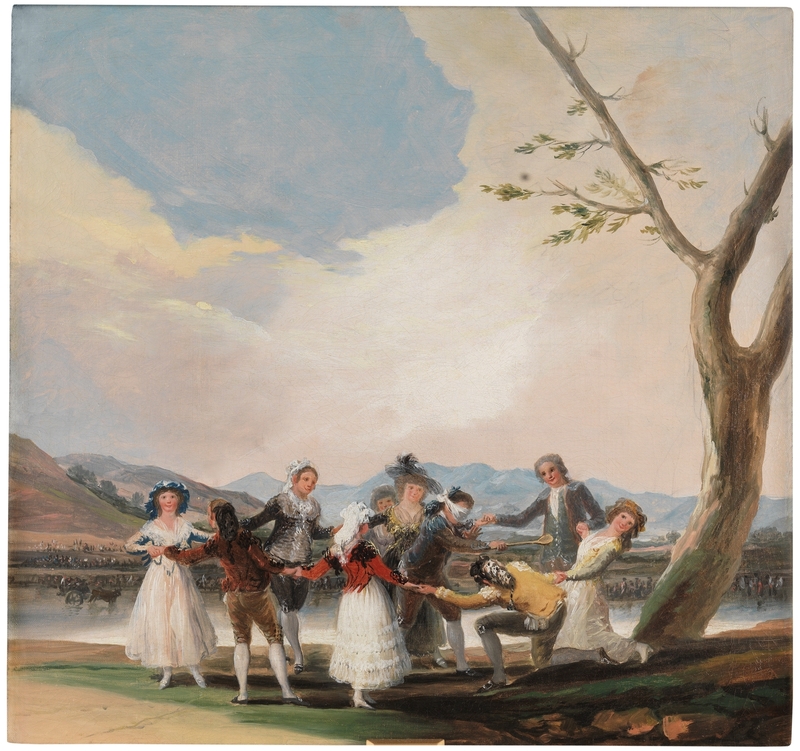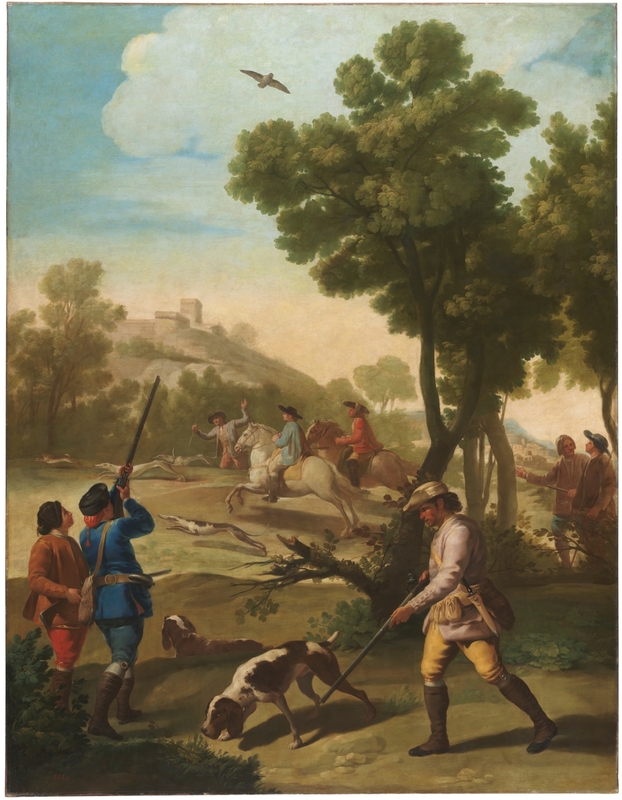Francisco Goya's Early Career
Francisco Goya, a pivotal figure in Spanish art, embarked on his artistic journey during the late 18th century. Born in 1746 in Fuendetodos, Spain, Goya initially trained under José Luzán (1710-1785) before moving to Madrid.
Goya's breakthrough came with his move to Madrid, where he honed his skills and secured significant commissions. His talent caught the eye of the Spanish court, leading to his employment as a painter for King Charles III's (1716-1788) royal tapestry factory. During this period, Goya's art primarily centered around religious themes and portraits of the aristocracy, showcasing his technical expertise and attention to detail.
During Francisco Goya's early artistic phase, his works predominantly reflected the prevalent styles of Rococo and Baroque traditions. He showcased technical finesse in creating detailed, refined compositions. Goya's early art featured religious themes, portraying biblical scenes with a sense of classicism and a refined use of light and shadow. Additionally, he depicted portraits of aristocrats, employing a meticulous approach that highlighted his subjects' wealth and status. These early artworks often exuded a sense of elegance, precision, and adherence to traditional artistic norms prevalent in the 18th-century Spanish art scene.
Goya was one of the first to present said paintings with ideologies focusing on the present rather than the past, beforehand many tapestries were based off stories from the bible or Greek mythology, but he took a different approach by tailoring to the interest of the recipients. Goya's first series of tapestries presented hunting scenes that were made for Charles IV (1748-1819) who at the time was the future hair to the throne.
Charles IV was married to Maria Luisa of Parma (1765-1819), Maria wanted pictures of ordinary people enjoying pleasurable diversions, something she was not able to partake in at the cost of the strict royal Spanish court. It was because of her commissions when Goya was first given the opportunity to show and explore how people treated each other and behaved.
The three paintings shown above are a perfect example of Goya's technique in his early observations of people-
Blind Man's Bluff- This Painting Shows Goya's observations of children playing the game blind man's bluff. He uses bright and lively colors. Goya showcased his technical prowess by using oil paints on canvas. The technique involved layers of paint applied with brushes to depict the scene. Goya's brushwork was dynamic and versatile, allowing him to create textures, details, and depth within the composition.
The Meadow of Saint Isidro- The painting exhibits a keen understanding of light and shadow, known as chiaroscuro. Goya's skillful use of light contributes to the dramatic atmosphere, emphasizing the figures and the landscape. He masterfully captured the interplay of light filtering through the trees, casting shadows, and illuminating certain elements of the scene.
Hunting Party- Additionally, Goya's technique in "Hunting Party" showcases his ability to portray movement and action. The figures are lively and engaged, with expressive gestures and dynamic poses that convey the energy of the hunting scene.





